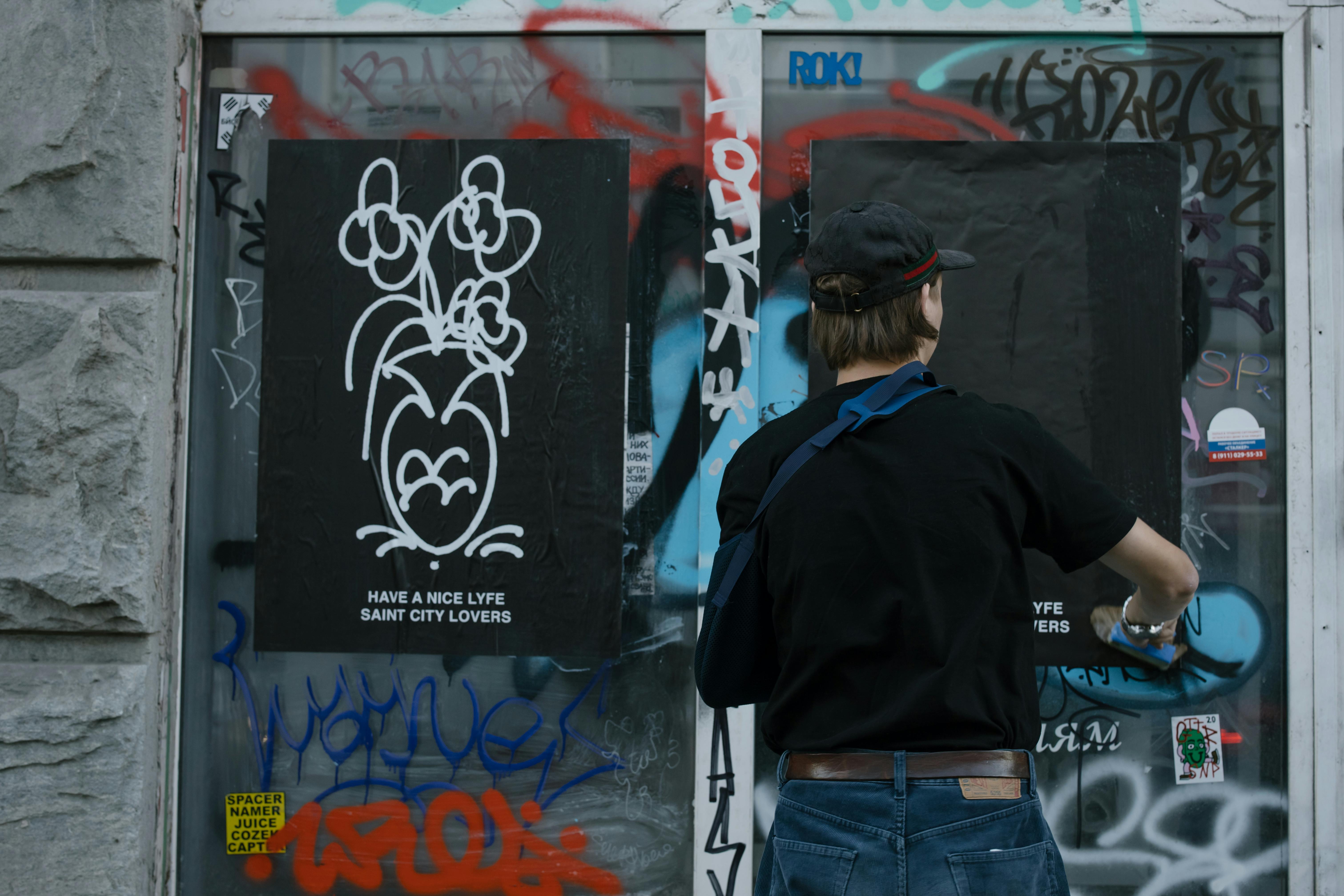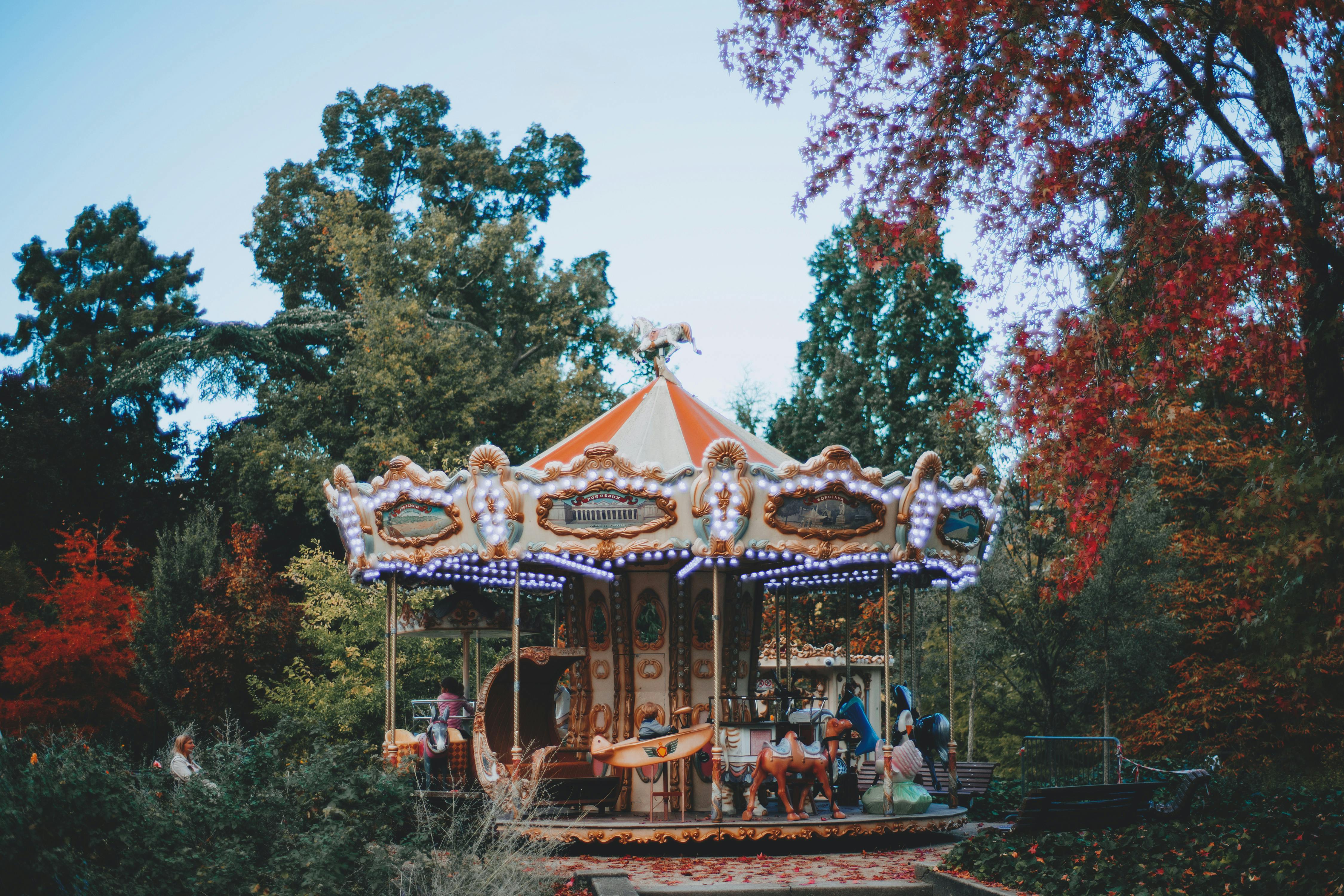I recently came across a chat where martial artists questioned the value of bunkai.
Bunkai are techniques, specifically in Karate, but certainly not limited to Karate, that are taken from forms (kata) and practiced.
The arguments were that these were unreal situations, that they did not resemble real-world fights.
Now, as with most of this sort of thing, people were split, half and half, on the value of training through the application of techniques from forms.
So here’s something to think about regarding those practices from long ago, practices that are, for the most part, no longer adhered to in the world of martial arts.
When one makes a form, one is practicing in a pure world of theory. There is no resistance, but you look at techniques, you practice the movements, as you wish you could in a perfect world.
When you do bunkai, you’re practicing translating those perfect moves into an imperfect world. This will increase the sense of time, reality and allow the perfection of the pure concept to adapt to an imperfect world. This learning process is invaluable and can even be said to be at the heart of true karate training.
Consider the following real-world example.
When I was teaching Kenpo, in the late 1960’s, there was a clear difference between colored belts, brown belts and black belts.
White belts literally had to be taught how to put on clothes.
The colored belts (orange belt, purple belt, etc.) were rungs on a ladder, but that ladder was basically a fantasy because we trained our techniques in the air. We punched and kicked the air and without resistance we had nothing to measure ourselves against and therefore could only harbor the idea that we were the deadliest creatures on God’s green earth.
The brown belts had power, and it was hard and painful to fight them.
The black belts were amazing. They would beat you up, but without the bruises and pain.
So what was the difference between brown belt and black belt?
The brown belts stopped doing their techniques in the air and had to work with real people. They had to practice their techniques in the real world, with people who resisted, who did weird things, who didn’t sit still or move like a fantasy suggested.
In other words, the brown belts stopped waving their hands in the air and started bunkai for real.
The value of this type of training was enormous. Suddenly, the students found themselves face to face with the task of making the sync work, with determining how much resistance they would encounter and how much power they really needed.
Of course, there was some bruising involved in this type of training. Brown belts would continually hit someone, throwing them too hard and bruising them indiscriminately.
But, after that training, when they got through that training, they became polished and really lethal… and they understood and respected people and their bodies without needing to slaughter them.
So do I believe in Bunkai? Absolutely. The best things in the world. In my politely offered opinion, people should practice the pure world of form, adapt those pure theories to the real world through the application of form techniques, and then make the leap from theory to chaos practice. free style.



